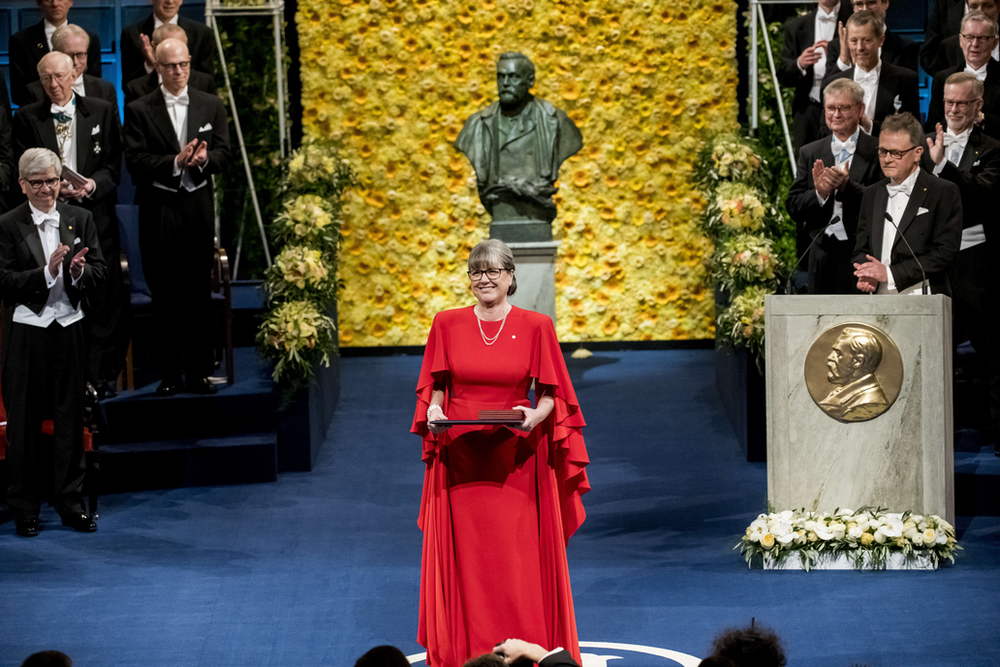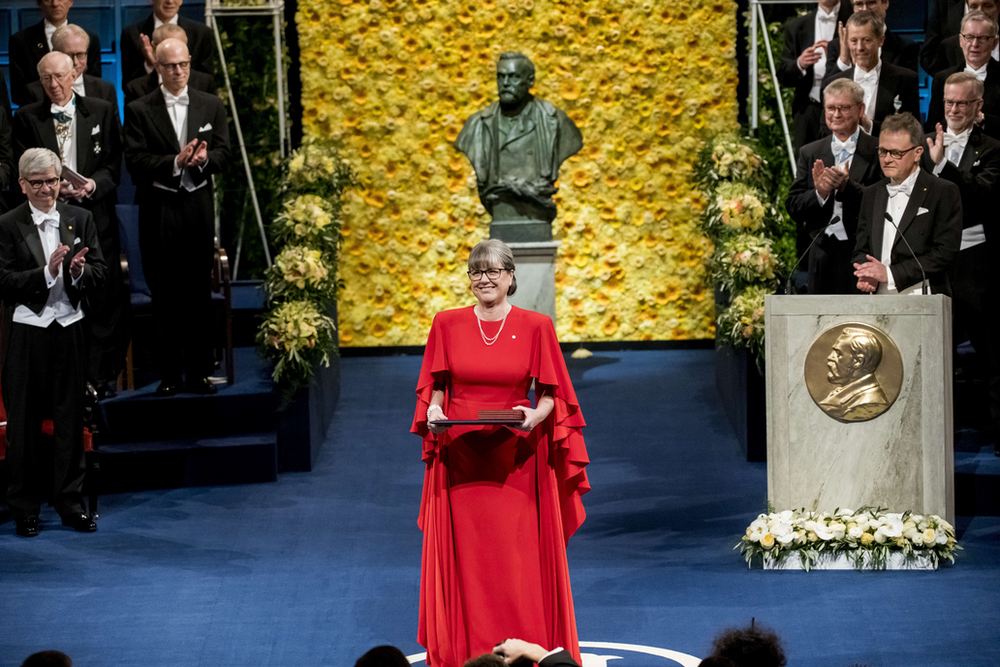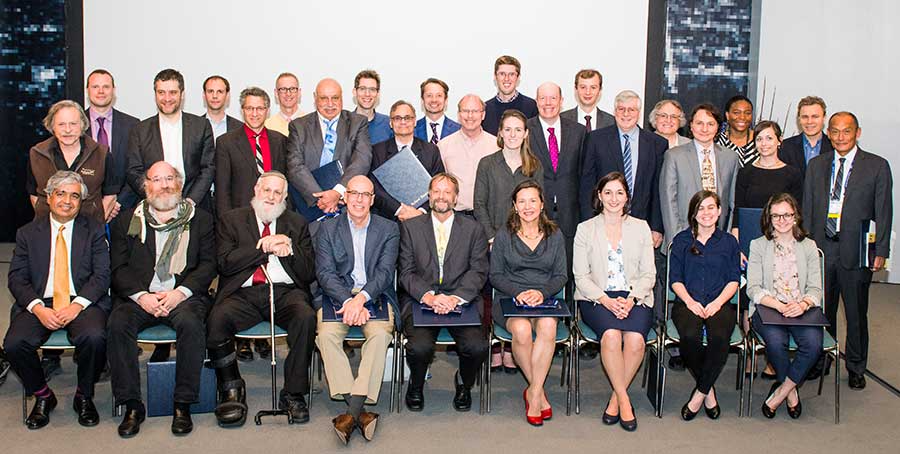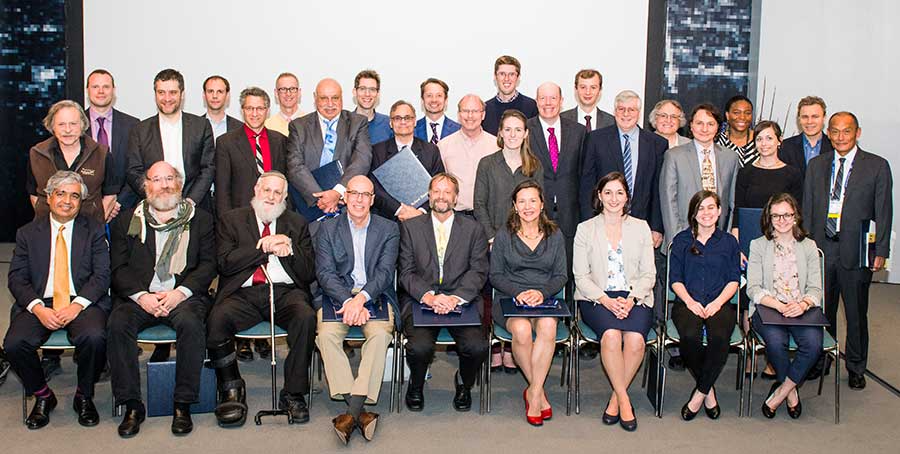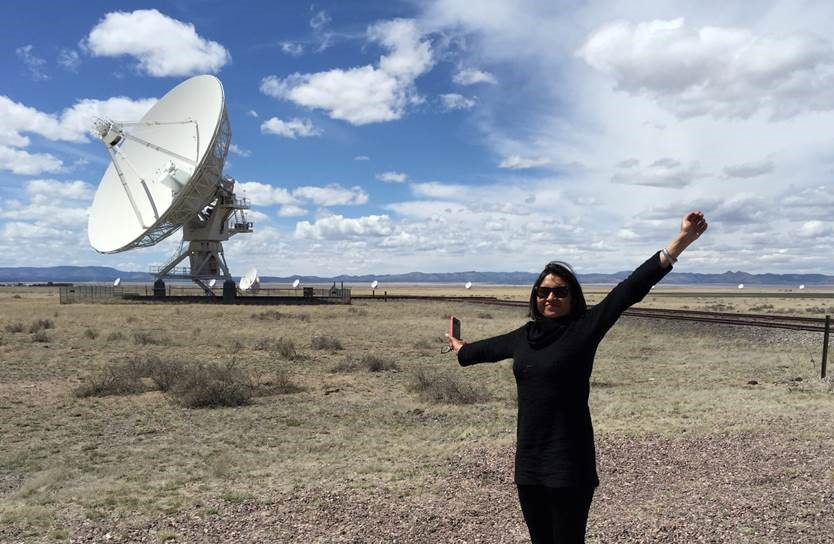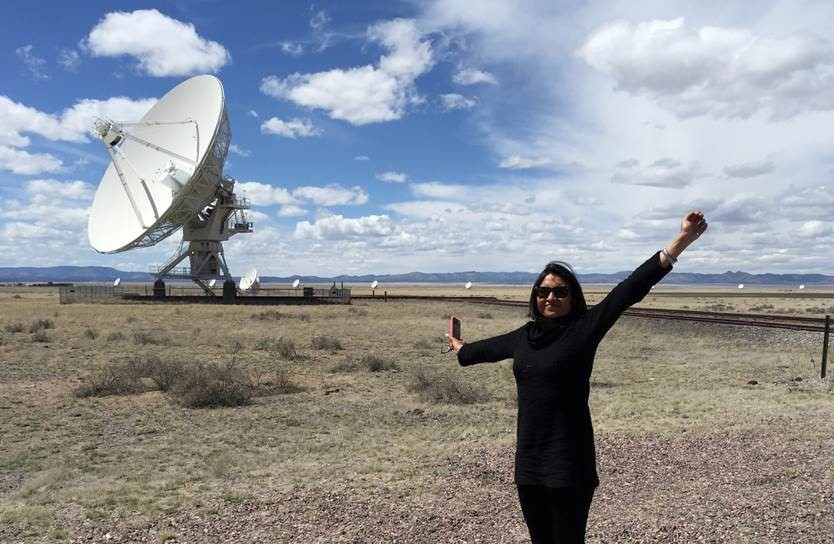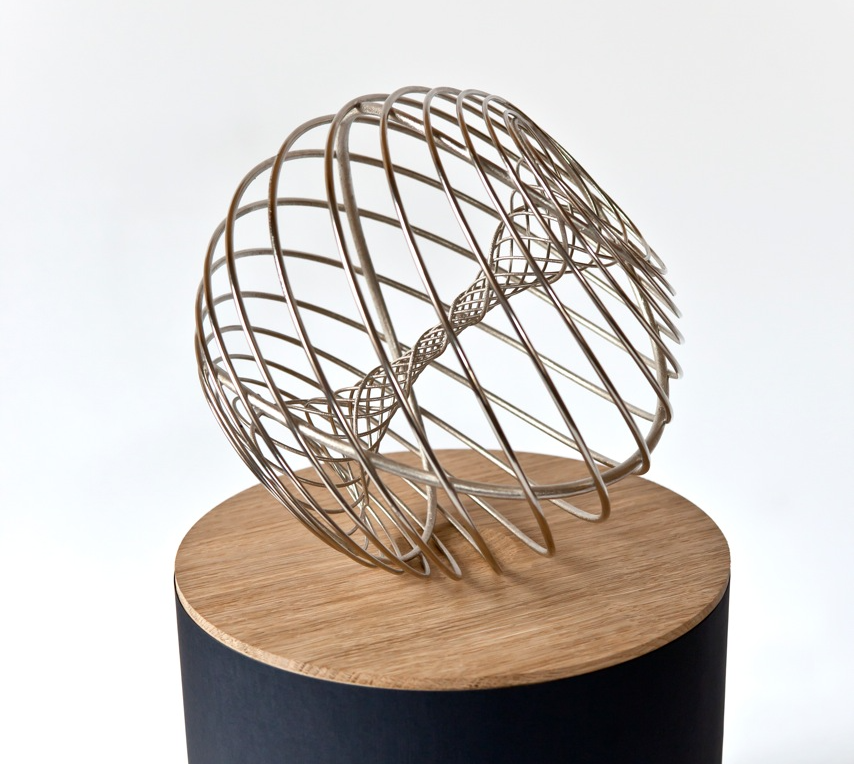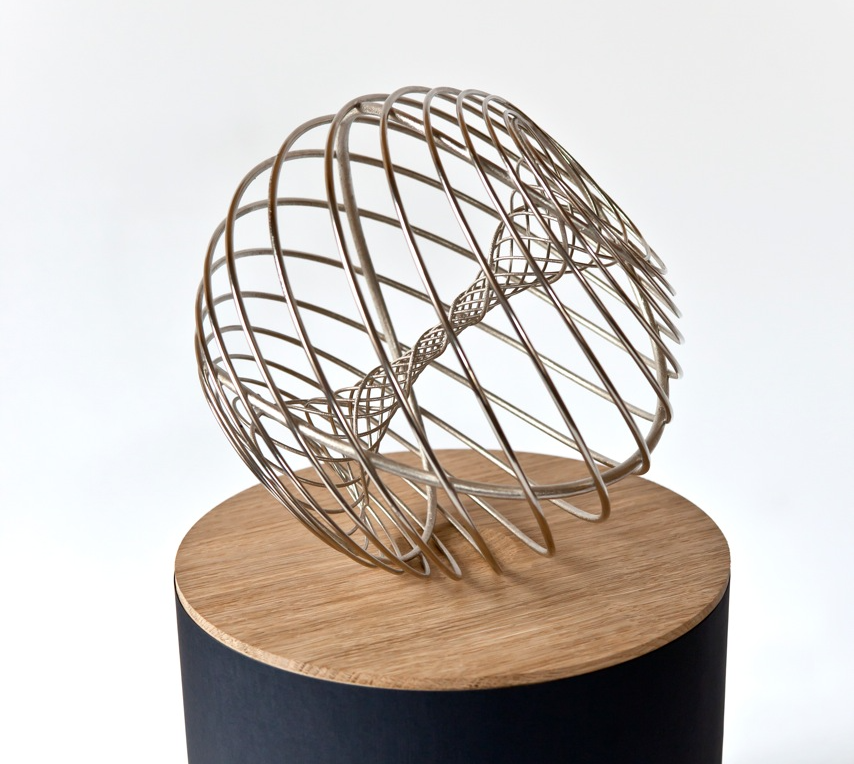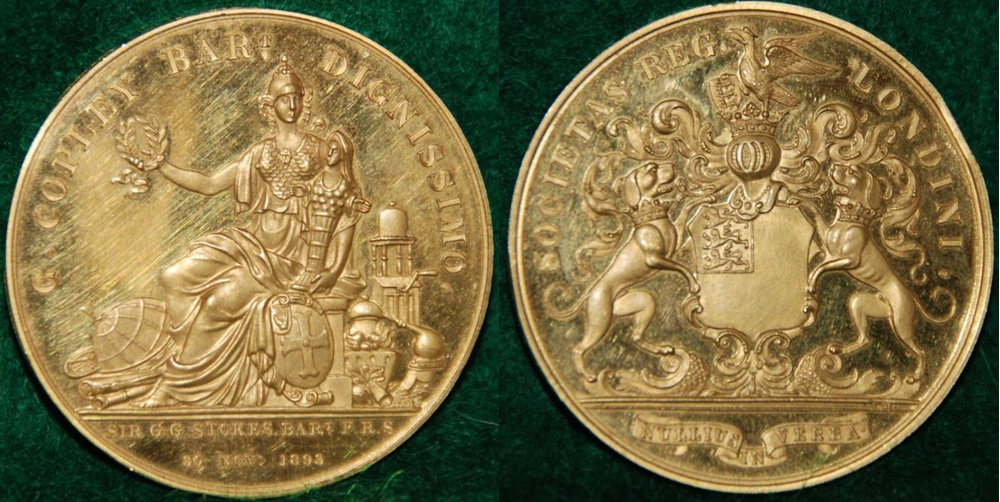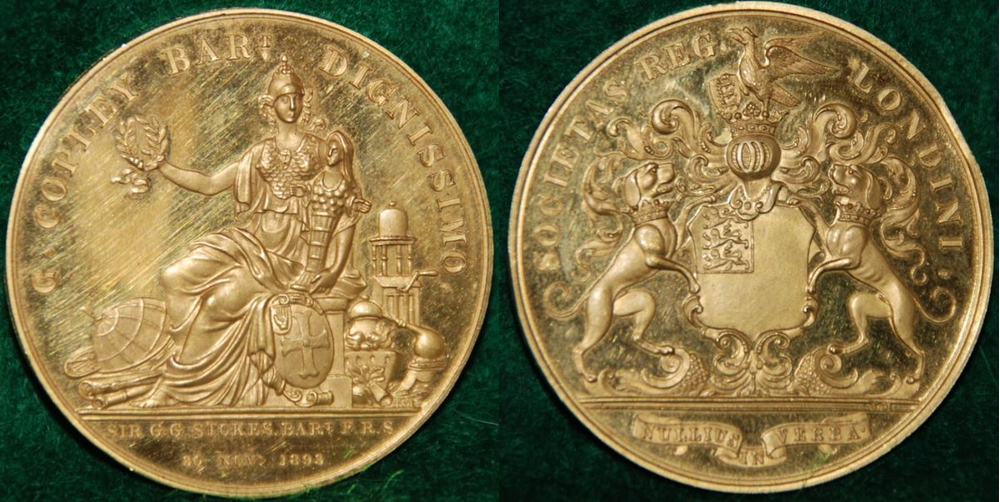Prizes Are Not Always a Win for Science
There’s never been a better time to try to win a science prize. More honors than ever are being given, in a wider range of fields and with ever-larger purses behind them. The American Physical Society (APS), which publishes Physics Magazine, awards 78 prizes and awards, disbursing an average of $470,500 in cash stipends each year. And in addition to the world-famous Nobel Prize, several other philanthropy-backed awards launched in recent years bestow sums up to $3 million on a few fortunate scientists.
Prizes benefit science and scientists in several ways: they can boost young researchers’ careers, reward scientists who have devoted years to a research effort, legitimize discoveries as important, and generate a level of attention that research alone rarely achieves. The annual Nobel announcements, for example, guarantee that every October, physics, chemistry, and biology research will make international headlines. “It’s one day in the year where there is lots of talk about science,” says Thors Hans Hansson, a physicist at Stockholm University and chair of the Nobel Committee for Physics.
Prizes can also have downsides, however. They can create resentment, divide colleagues, and even end friendships. They can reinforce existing inequities, a phenomenon that is well documented with the physics Nobel, which has been awarded to only four women in its 120-year history (and only two before 2018). Some newer prizes have been criticized for being little more than brand-burnishing public relations vehicles for the people and organizations behind them.
Recent research has revealed other ways that prizes could distort the public’s views of science or affect research funders’ judgments about which fields are important. While there are more prizes than ever, many go to a relatively small group of serial prizewinners. And while science is increasingly done by large collaborations, many big-name prizes continue to reward individuals, potentially perpetuating the widespread view that science is advanced by lone geniuses rather than by collaborations.
While some prize committees have started to recognize equity issues, “there’s much more work to be done” to make prizes fully reflect the communities they serve, says Samaya Nissanke, an astrophysicist at the University of Amsterdam who won a prize in 2020 from the Breakthrough Prize Foundation. “I don’t think there’s been an overall culture shift.”
A Boost for Scientists and Their Students
Scientists have been rewarded for their discoveries since at least 1731, when English scientist Stephen Gray became the first winner of the Royal Society’s Copley Medal. As science grew, so did its reward infrastructure. Around 1980, the number of prizes outstripped the number of scientific fields; it has continued to grow at an exponential rate ever since. More than 300 prizes are now awarded in physics, chemistry, biology, and medicine, with physics handing out by far the most honors compared with the number of active researchers in the field.
For individuals, winning a prize is clearly beneficial, and not just because of the cash and name recognition. In a recent study, Brian Uzzi, professor of management at Northwestern University in Illinois, and colleagues found that researchers who win prizes become more productive afterward, compared with non-prize-winning peers. Uzzi’s team has also found that prize benefits extend beyond the winning individual; their students are more likely to win a prize than are equally talented students studying with non-winners.
Of course, not all prizes are equal. The Nobel, first awarded in 1901, occupies a singular place in the minds of both scientists and the public. Bill Phillips, a physicist at the National Institute of Standards and Technology in Maryland, who has won dozens of awards, divides his career into pre- and post-Nobel periods. Pre-Nobel, Phillips was already giving plenty of talks, he says, but they were mostly to fellow scientists at conferences, colloquia, and so on. After winning the physics Nobel in 1997 for cooling neutral atoms to ultralow temperatures, the number of invitations he received “exploded.” And many of the new invitations were—and continue to be—for public lectures on wide-ranging topics, such as the relationship between science and religion.
The Nobel affected Phillips in other ways too. He says he received funding and attracted graduate students far more easily after winning, allowing him to “carefully” expand his research group and increase its productivity. “Even though I wasn’t as intimately involved in my research, and the character of my research changed,” he says, “there was a positive effect.”
Less famous prizes can have similar effects on their winners. In 2020, Nissanke won the Breakthrough Prize Foundation’s $100,000 New Horizons in Physics Prize for her research on how gravitational- and electromagnetic-wave signals can be combined to study deep-space objects like neutron stars—an example of so-called multimessenger astronomy. Since then, she says, more potential students and postdocs have shown interest in joining her research group, and she has been invited to speak more frequently. These invitations have included opportunities to discuss general science topics. “That is a great privilege,” she says.
Growing Fields
Prizes benefit fields as well as individuals. Uzzi and his colleagues found that fields in which a prize is awarded grow 40% faster than comparable fields with no prize. (The team’s analysis controlled for the possibility that faster-growing fields might be more likely to create new prizes.) Prizes excite people about a field, attracting attention, funding, and new researchers—all on the cheap. “A prize is actually a relatively low-cost way to do that for a discipline,” Uzzi says.
Phillips’ and Nissanke’s cases illustrate this phenomenon. Before 1997, cold-atom research was a relatively limited subfield within atomic physics, Phillips says. Since then, it has largely taken over the discipline. Only about a dozen people were publishing papers on multimessenger astronomy when she started in the field, says Nissanke. Now there may be over a thousand. The 2016 announcement of the first gravitational-wave discovery played a major role in this growth, but her prize has had an impact too, she believes.
While few scientists say they are in it primarily for the recognition, the opportunity for awards surely motivates people to work harder than they otherwise would, says Pierre Azoulay, a professor of business at the Massachusetts Institute of Technology who has studied prizes. “People do extraordinary things for scientific fame,” he says. “The economist in me says this is why prizes make sense: they potentially elicit people to make leaps that they otherwise wouldn’t [make].”
But according to Harriet Zuckerman, professor emerita of sociology at Columbia University who has studied science’s reward systems for decades, prizes are usually more significant for the giver than for the recipients. Prizes represent “a way of capturing prestige and attention by people who have a lot of money and who want [their money] to be very visible,” Zuckerman says. “I don’t think that prizes lead scientists to behave very differently, except in extreme circumstances.”
A Problem of Equity
Prizes are proliferating, giving more scientists a chance to win, but the riches are being distributed highly unevenly. Uzzi’s research has revealed that the probability of winning additional prizes skyrockets after winning an initial prize. He and a colleague found in a 2018 study that 64% of prizewinners had won two prizes, and 14% had won five or more. A multi-prize-winning scientific elite is growing, mirroring rising inequality in the broader society, Uzzi says. What’s harder to measure is how much prizes are rewarding true differences in talent and achievement versus how much they are reflecting a tendency of prize committees to recognize people who have already won awards. This “rich get richer” phenomenon is known as the Matthew effect (after a Biblical parable in the Book of Matthew).
And despite decades of efforts to increase diversity, white and male scientists continue to dominate prizes. For example, since 2000, only 8.8% of physics prizes, 10.3% of chemistry prizes, and 18.5% of biology and medicine prizes went to women, despite far higher proportions of women among total researchers in each field. (Currently, 21% of published physicists, 31% of chemists, and 40% of biologists are women.) The fractions of science prizes that went to women before 2000 were, unsurprisingly, even smaller.
Because prizes tend to go to researchers who have been in their fields for a long time, they reflect gender disparities from decades ago, says Uzzi, but he suspects that those past imbalances don’t fully explain the present-day disparity in the distribution of prizes. “Given all the general gender discrimination in society, you would have to assume that those same patterns apply in science,” he says.
High-profile controversies over gender and prizes can lead to positive change. Jocelyn Bell Burnell discovered the radio-wave-emitting stars called pulsars as a graduate student at the University of Cambridge in 1967. Her exclusion from the 1974 physics Nobel Prize for the discovery spurred a controversy over whether she should have won alongside her supervisor, Antony Hewish. Bell Burnell initially argued that she shouldn’t have, but in more recent statements, she has suggested that graduate students should share recognition with their mentors—a position now widely shared. Bell Burnell’s case also led to increased public scrutiny of the Nobel’s gender disparities in the decades since.
Distorted Science?
Historically, many science prizes have been created and controlled by scientific organizations. But recently, a select group of wealthy philanthropists has created big money prizes, such as the Breakthrough Prize, with pots of up to $3 million. Some scientists have applauded the attempt to bring much-needed publicity to science, whose culture can discourage researchers from seeking the spotlight.
Others have reacted with concern regarding the new prize givers’ glitzy approaches, including lavish ceremonies featuring celebrities and departures from traditional norms. For example, the Breakthrough Prize Foundation has heaped millions on theoreticians whose ideas, while often brilliant and beautiful, have yet to receive experimental confirmation—a break from the Nobel committees, which typically wait until an idea has been confirmed experimentally.
Philanthropist-created prizes can become accepted within the scientific community—Alfred Nobel, after all, was primarily an inventor and businessman. But these awards can also direct money to fields that tend to capture non-scientists’ imaginations—say, cosmology or string theory—out of proportion to how scientists themselves would allocate funding. “Private individuals and companies have their own interests … that don’t necessarily match with the physics community as a whole,” says Baha Balantekin, a physicist at the University of Wisconsin-Madison and chair of the APS Prizes and Awards Committee. “That could distort the progress of science.”
With Recognition Comes Responsibility
Prizewinners emphasize that winning does not just confer privileges. It also gives them a heightened sense of responsibility to act as leaders and role models. “For me, it meant something more than myself,” says Nissanke. “Someone can see someone like me [and think], ‘If Samaya can do it, so can I.’ It’s not totally a closed shop.”
Among other things, winning the prize led Nissanke to realize that she could nominate others for prizes, and that her nominations were meaningful. “At the beginning, I thought, ‘What’s the point of my preparing nomination packages when I have no time?’ But now that I’ve seen the impact, it’s definitely worth my time.”
Though Bell Burnell never received the Nobel, she has received many other honors, including the 2021 Copley Medal (the second ever awarded to a woman) and a 2018 Special Breakthrough Prize in Fundamental Physics. She used the $3 million from that prize to launch a scholarship fund supporting women, minority, and refugee graduate students, with the explicit goal of enabling students from underrepresented groups to study physics.
Change in the Air
Efforts to reform scientific prizes have bubbled up from time to time. In a 2009 open letter, a group of prominent scientists argued that the Nobel Prize had failed to keep up with the diversity of science and should be expanded to include emerging fields like climate science; an argument I updated in a 2016 New York Times opinion piece. Others have argued that the Nobel and other prizes should be allowed to recognize teams as well as individuals.
And various initiatives have sought to increase the diversity of prizes to better reflect the diversity of scientists and society as a whole. APS, for example, has required that prize committees have rotating memberships and has encouraged committees to seek nominations that go beyond the nominators’ close connections. A new APS task force will examine conflict-of-interest policies and will likely suggest reforms, says APS Honors Program Manager Jacob Robertson. The Nobel committee seeks nominations from a rotating group of hundreds of department chairs and researchers around the world to ensure that no qualified physicists are left out, Hansson says.
Other recent developments around scientific prizes, however, have been less positive. Last year, for example, the UK announced a fast track for immigration for winners of selected scientific prizes. Uzzi says that, based on his team’s analysis, those prizewinners are more likely to be American or European and more likely to be male than are winners of scientific prizes at large, suggesting that the UK’s use of prizes could work against diversity. “Something like that could ultimately undermine the sanctity of prizes, if they start to be seen as political,” Uzzi says.
One thing is certain: while scientists will keep winning prizes, what’s less clear is whether science itself is winning.
MORE INFORMATION
Opinion: Evaluating the Role of Scientific Awards
Diversity in science prizes: why is progress so slow? (Nature editorial; June 15, 2022)
–Gabriel Popkin
Gabriel Popkin is a freelance science writer in Washington, DC.



